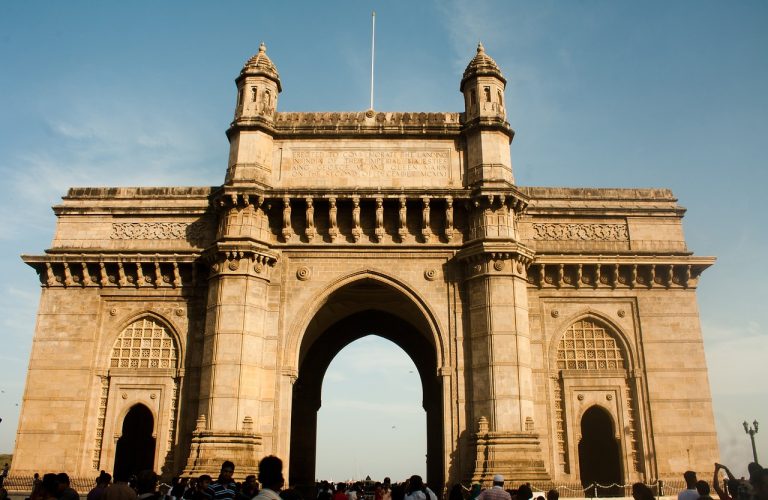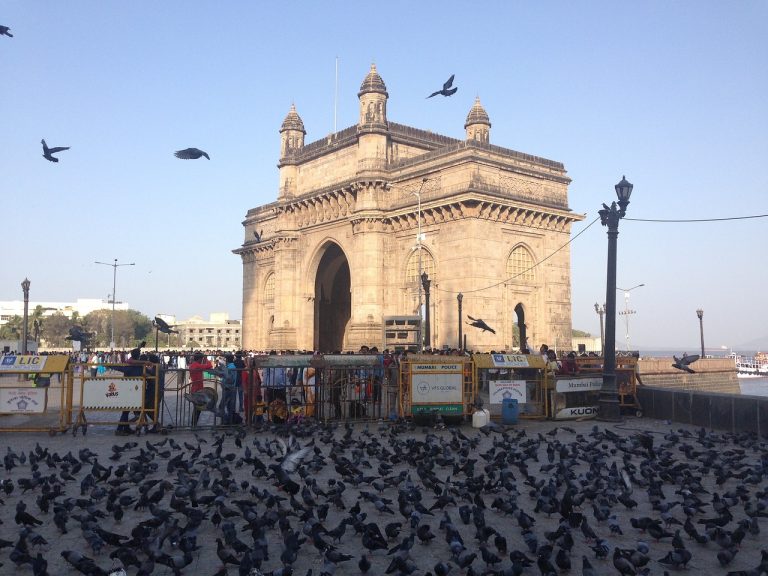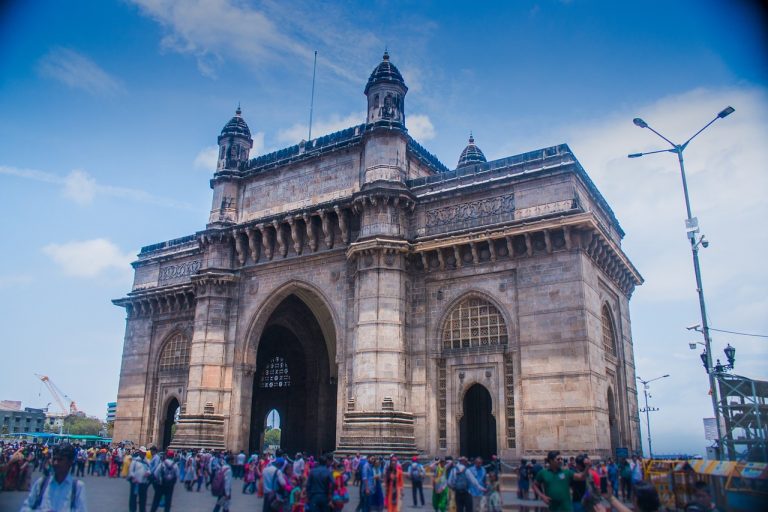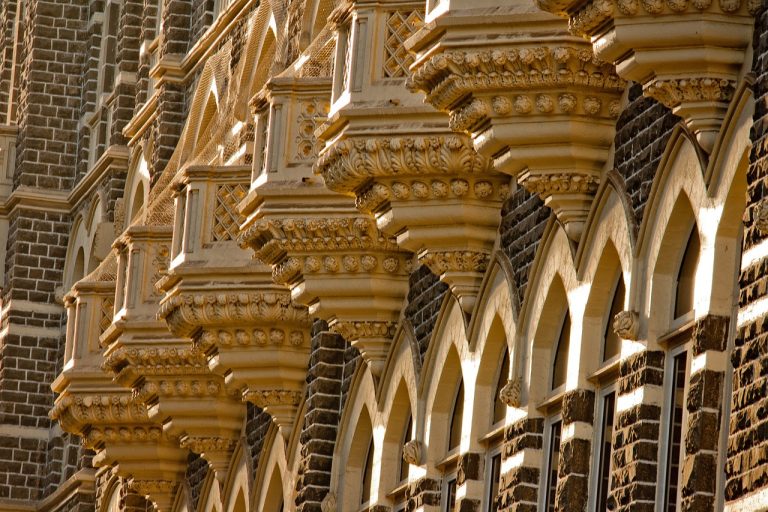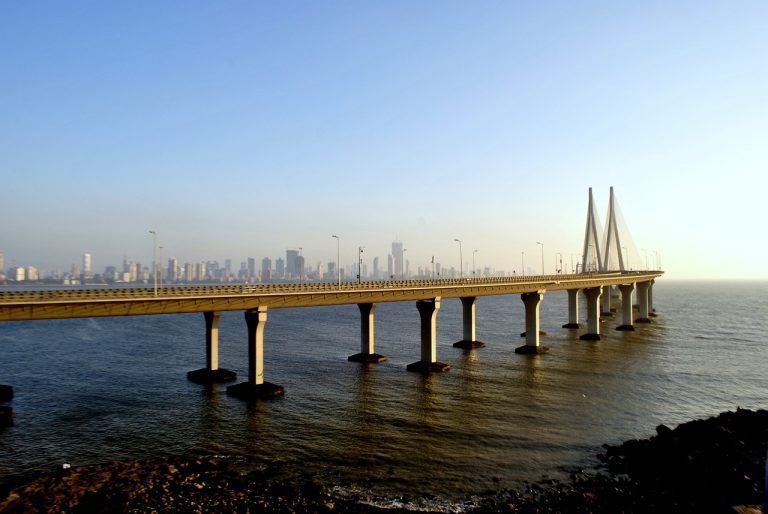Mumbai India Video
Architectural Wonders: Iconic Buildings in Mumbai, India
Mumbai, the capital city of the Indian state of Maharashtra, is known for its architectural marvels. From colonial-era structures to contemporary skyscrapers, the city boasts a rich architectural heritage that reflects its historical and cultural significance. In this article, we will explore some of the iconic buildings that make Mumbai a unique and vibrant metropolis.
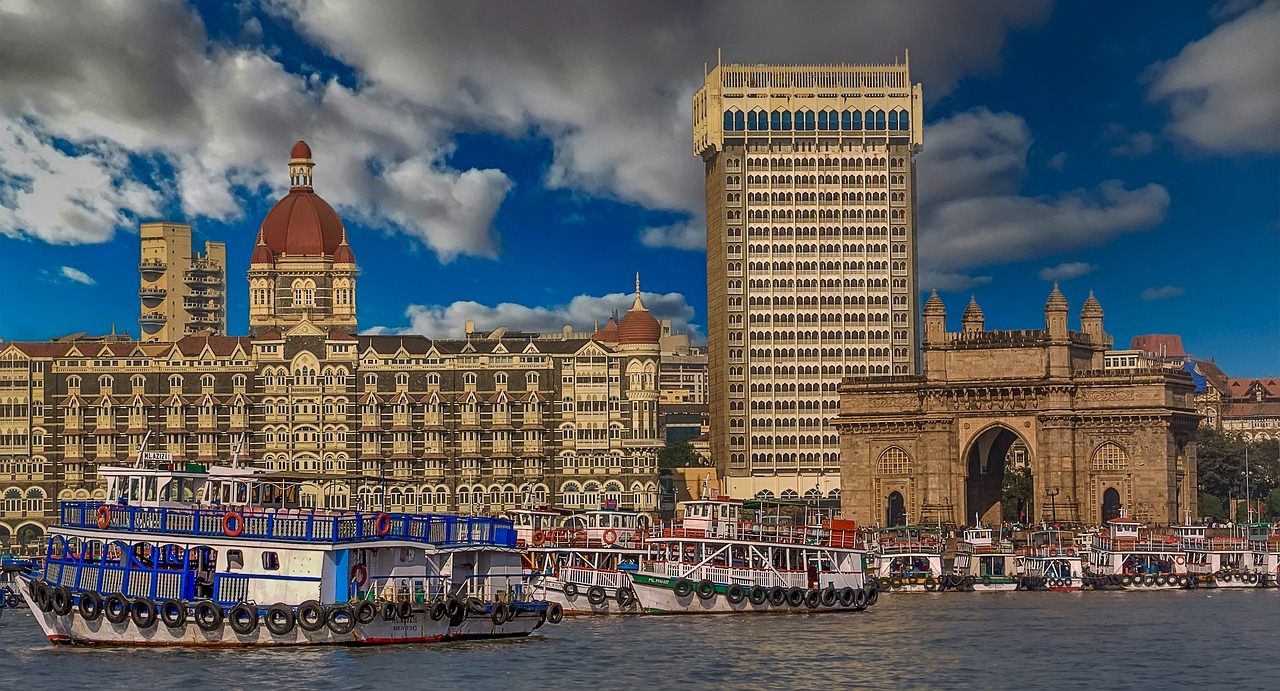
Gateway of India
- Architectural Style: Indo-Saracenic
- Historical Significance: The Gateway of India was built to commemorate the visit of King George V and Queen Mary to Mumbai in 1911. It also served as the ceremonial entrance for British governors and viceroys who arrived in India.
- Location: Apollo Bandar, Colaba, Mumbai
The Gateway of India is an iconic monument that symbolizes the city of Mumbai. Built in 1924, it was designed by George Wittet, a British architect. The monument combines elements of Indian, Islamic, and European architectural styles, showcasing the Indo-Saracenic style popular during the British colonial era. The grand arch, intricate latticework, and decorative domes make it a must-visit landmark in Mumbai.
Chhatrapati Shivaji Terminus
- Architectural Style: Victorian Gothic Revival
- Historical Significance: The terminus was built to commemorate the Golden Jubilee of Queen Victoria in 1887 and served as the headquarters of the Great Indian Peninsula Railway.
- Location: Chhatrapati Shivaji Maharaj Terminus Area, Fort, Mumbai
The Chhatrapati Shivaji Terminus, formerly known as Victoria Terminus, is a UNESCO World Heritage Site and an architectural marvel. Designed by Frederick William Stevens, a British architect, the building showcases the Victorian Gothic Revival style with influences from Indian traditional architecture. Its impressive facade, pointed arches, turrets, and stained glass windows make it one of the most stunning railway stations in the world.

Bombay Stock Exchange
- Architectural Style: Indo-Gothic
- Historical Significance: The Bombay Stock Exchange was established in 1875 and played a crucial role in the development of India’s financial sector.
- Location: Dalal Street, Fort, Mumbai
The Bombay Stock Exchange, also known as BSE, is one of the oldest stock exchanges in Asia. The building, designed by George Wittet, showcases the Indo-Gothic architectural style with a blend of Gothic and Indian elements. Its iconic facade features pointed arches, ornate carvings, and a central dome. The BSE building is not only a financial hub but also a significant architectural landmark in Mumbai.
Taj Mahal Palace Hotel
- Architectural Style: Indo-Saracenic
- Historical Significance: The Taj Mahal Palace Hotel was opened in 1903 and has since hosted numerous dignitaries, celebrities, and world leaders.
- Location: Apollo Bandar, Colaba, Mumbai
The Taj Mahal Palace Hotel is a luxurious five-star hotel that exudes elegance and grandeur. Designed by W.A. Chambers, an English architect, the hotel showcases the Indo-Saracenic architectural style with influences from Islamic, Hindu, and European designs. Its majestic facade, intricate arches, and ornate domes make it a landmark of opulence in Mumbai.
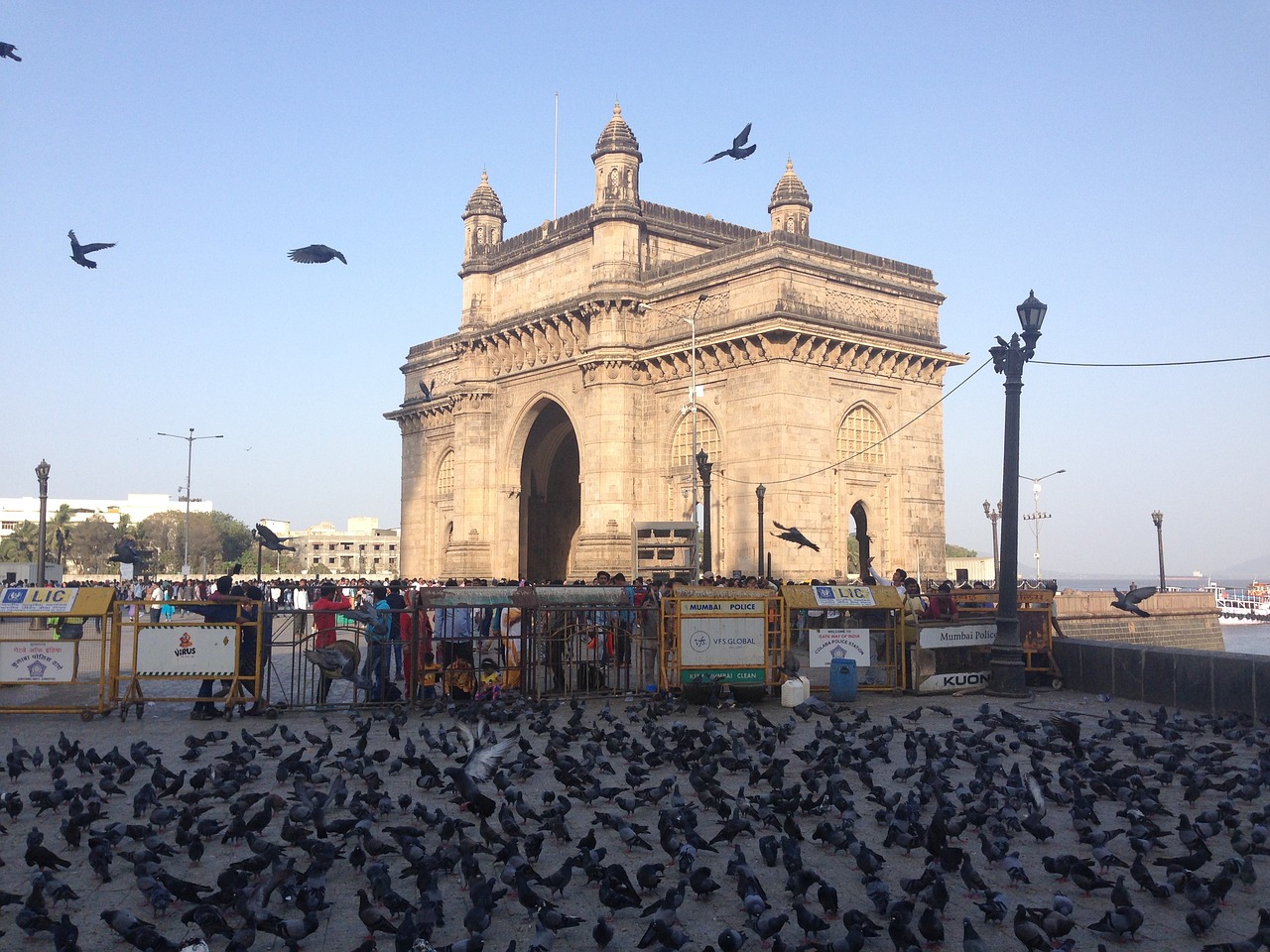
National Centre for the Performing Arts
- Architectural Style: Modern
- Location: NCPA Marg, Nariman Point, Mumbai
The National Centre for the Performing Arts, commonly known as NCPA, is a prominent cultural venue in Mumbai. Designed by architect Charles Correa, it showcases a modern architectural style with a distinctive dome-shaped structure. The NCPA complex includes multiple performance spaces, art galleries, and a library, making it a hub for artistic and cultural activities in the city.
Conclusion
Mumbai, with its diverse architectural wonders, offers a fascinating glimpse into the city’s history, culture, and architectural heritage. From the grand Gateway of India to the Victorian Gothic elegance of Chhatrapati Shivaji Terminus, each iconic building tells a unique story. Whether you are an architecture enthusiast or a traveler exploring the city, Mumbai’s architectural marvels are sure to leave a lasting impression.
References
– gatewayofindia.org.in
– cst.gov.in
– bseindia.com
– tajhotels.com
– ncpamumbai.com


